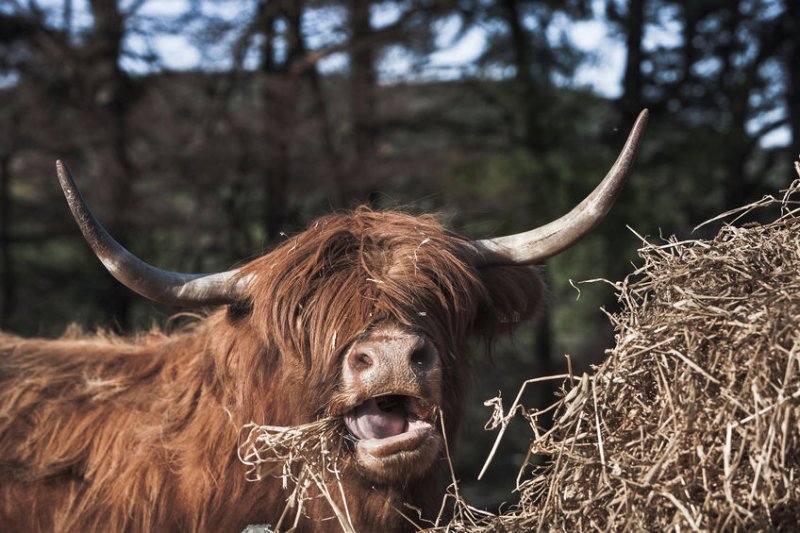
There is ‘considerable opportunity’ to improve the efficiency of the Scottish beef sector, according to new research from Scotland's Rural College.
The study focused on cattle finishing times within the beef sector, using data from all animals born in Scotland in 2013 and destined for slaughter in the country.
Researchers found the sector is dominated by a small number of large businesses, with 20% of the largest organisations accounting for 80% of the prime stock.
They also found a wide variation in the finishing ages of cattle – depending on the breed as well as the rearing and finishing systems the animal went through – offering ‘considerable opportunity to improve efficiency in the sector’.
The report suggests that short-term targeted policy actions related to issues such as finishing weights and the length of time to finish cattle, could impact on the majority of prime stock by focusing on the largest businesses.
Policy looking at longer-term changes outwith a single production cycle, such as genetic improvements and improvements to breeding stock, needed to consider a much wider pool of producers.
The researchers used the British Cattle Movement Service’s Cattle Tracing System to extract data for all animals born in Scotland in 2013 and destined for slaughter in the country.
There were 10,792 producers involved in the supply chain for beef and dairy calves born in 2013 that were destined for slaughter.
Of these, 450 producers only had a single calf registration, while a handful of businesses at the opposite end of the scale registered more than 1,000 calves.
Of the 558,077 calves registered in Scotland in 2013, 72 per cent were attributed to the beef herd.
Nearly 350,000 prime (dairy and suckler) cattle were slaughtered within 36 months of registration, with 27 per cent slaughtered in 2014, 65 per cent in 2015 and 8 per cent in 2016.
Of the suckler calves registered in 2013, 71 per cent were slaughtered (mostly in Scotland) by 36 months of age compared to 44 per cent of dairy calves.
Out of 2,052 ‘finishers’, 203 accounted for more than 148,000 prime animals born in 2013, while 40 per cent accounted for 19,300 head.
Steven Thomson, agricultural economist at Scotland's Rural College, said: “As the beef finishing sector – and rearing sector to a lesser extent – is heavily concentrated on relatively few large-scale businesses, some policy outcomes can likely be achieved more quickly by focusing attention on the largest businesses.
“Notwithstanding the need to match finished cattle supply to the daily and weekly abattoir throughput demands, there is likely scope to drive some performance efficiency as our ongoing analysis is revealing – something that will be the focus of forthcoming reports.”
Lesley Wylie, a consultant with SAC Consulting, agreed, adding: “With the challenges the industry is facing, the analysis of this data will no doubt give us great insight into the key areas of inefficiency and assist us as to focus on the areas of change required to drive the sector forward whilst maintaining a level spread of prime cattle throughout the year.”
Future policy should also consider positioning Scotch Beef as a high-quality, grass-reared product in order to differentiate it from more intensive beef production in competitor nations, the research states.
